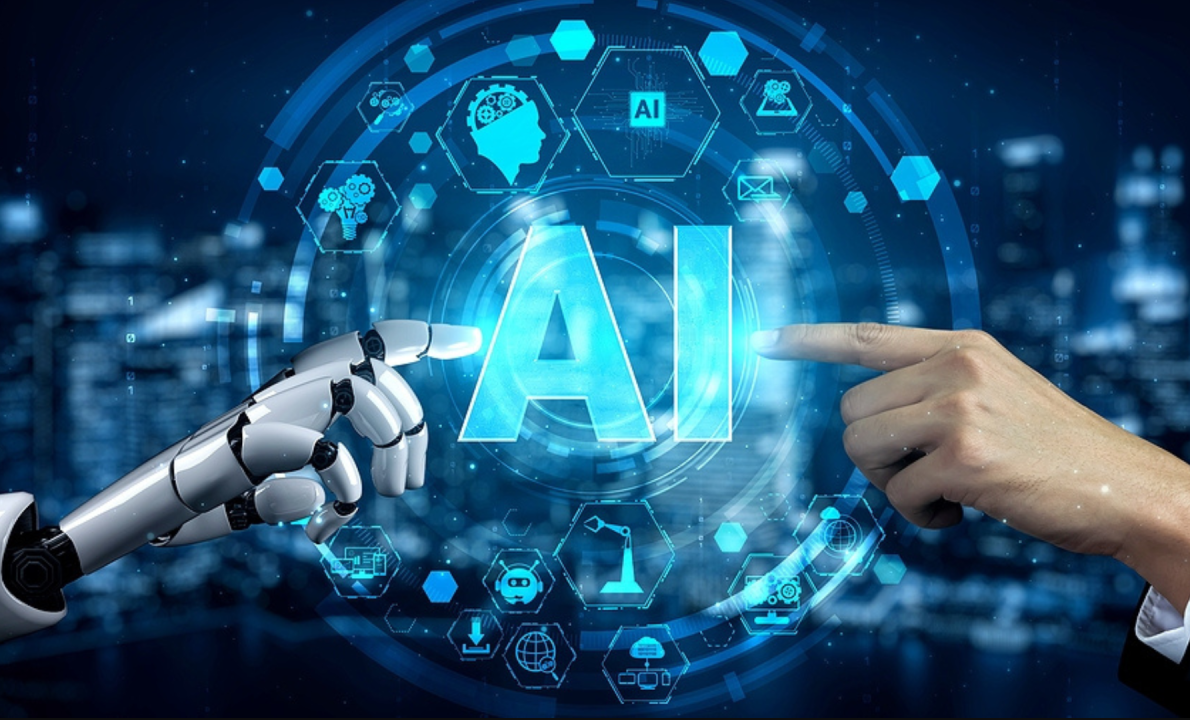How Technology Is Transforming Education in 2025
How Technology Is Transforming Education in 2025
In 2025, education is undergoing a rapid and profound transformation. Fueled by technological advancements, classrooms—both physical and virtual—are evolving in ways that were once only imagined. From AI-driven learning to virtual reality simulations, technology is not just an add-on anymore—it’s the backbone of modern education.
In this article, we’ll explore how technology is transforming education in 2025, highlighting the tools, trends, and impacts shaping the learning experience for students and educators worldwide.
1. Artificial Intelligence (AI) as a Personal Tutor
Artificial Intelligence has become an essential tool in modern classrooms. In 2025, AI does more than grade tests—it acts as a personalized tutor, adapting to each student’s learning pace and style.
AI platforms analyze student performance in real-time and deliver tailored feedback. For example, if a student struggles with a math concept, the system can automatically provide additional explanations, videos, or exercises to help.
Benefits of AI in Education:
- Personalized learning paths
- Instant feedback and assessment
- Data-driven teaching strategies
2. Virtual Reality (VR) and Augmented Reality (AR) in the Classroom
Remember when learning about Ancient Egypt meant reading a textbook? In 2025, students can virtually walk through the pyramids using VR headsets. Virtual Reality and Augmented Reality have made learning more immersive and engaging.
These technologies bring abstract or distant concepts to life—whether it’s exploring the human body in 3D or visiting outer space. AR apps also allow students to interact with educational content layered over the real world through tablets or smart glasses.
Real-world Applications:
- Medical students performing simulated surgeries
- History classes touring ancient civilizations
- Geography lessons with interactive world maps
3. Online Learning Platforms Have Evolved
While online learning surged during the pandemic, by 2025 it has matured significantly. Platforms like Coursera, Udemy, and Khan Academy have integrated AI, gamification, and community-based learning, making virtual education more effective and enjoyable.
In addition, many traditional institutions offer hybrid learning models, where students attend in-person classes a few days a week and complete the rest online.
Key Features of Modern Platforms:
- AI tutors and chatbots for instant help
- Interactive assignments and quizzes
- Peer-to-peer discussion forums
- Real-time progress tracking
4. EdTech Apps Are Mainstream
Educational technology apps (EdTech) are now embedded in daily student life. These mobile-friendly tools make it easier for students to study, organize, collaborate, and even practice mindfulness.
Some popular app categories in 2025 include:
- Study aids (e.g., Quizlet, Brainscape)
- Time management (e.g., Notion, Todoist)
- Language learning (e.g., Duolingo, Babbel)
- Coding platforms (e.g., Grasshopper, Sololearn)
Teachers also use EdTech tools to create interactive lessons and assessments, reducing administrative tasks and increasing engagement.
5. Gamification Makes Learning Fun Again
Gamification—the use of game elements in non-game contexts—is a powerful force in education. In 2025, schools widely use game-based learning platforms to boost motivation and engagement.
Whether earning digital badges for completing lessons or advancing through levels in a learning app, students are more motivated to participate.
Examples of Gamification:
- Math games that reward accuracy and speed
- Science challenges with real-world problem-solving
- Classroom leaderboards and progress charts
Gamification is particularly effective for K–12 education, helping younger students stay focused and excited about learning.
6. Smart Classrooms Are the New Normal
Smart classrooms are equipped with connected devices, sensors, interactive whiteboards, and voice-activated assistants. These classrooms use Internet of Things (IoT) technologies to monitor attendance, adjust lighting for focus, and provide interactive displays.
Teachers can instantly share materials with students’ devices, and students can submit work digitally, receive feedback, and collaborate in real time.
Benefits:
- Increased interactivity
- Real-time data tracking
- Seamless digital collaboration
7. Blockchain for Credentials and Record-Keeping
In 2025, blockchain technology is widely used in education to issue tamper-proof diplomas, certifications, and transcripts. This ensures the authenticity of academic records and simplifies the verification process for employers and institutions.
Blockchain also empowers students to own their academic data, making it easier to share qualifications across platforms and borders.
8. Global Classrooms and Cultural Exchange
With virtual learning, students from different countries can now learn together in real-time. Cultural exchange programs have gone digital, allowing students to collaborate with peers across the globe on projects, discussions, and even language learning.
These virtual exchanges promote global citizenship, cross-cultural understanding, and collaboration skills that are essential in today’s interconnected world.
9. Data-Driven Education
Advanced analytics help educators make informed decisions. In 2025, learning platforms provide dashboards that show:
- Student engagement levels
- Skill mastery over time
- Areas of struggle or strength
This data-driven approach helps teachers tailor instruction and gives students better insight into their own progress.
10. Lifelong Learning Is More Accessible Than Ever
With technology breaking down barriers, learning is now a lifelong journey. Adults can upskill or reskill using online courses, microcredentials, and bootcamps from their homes.
AI recommends personalized learning paths based on career goals, and flexible scheduling means learners can study on their own terms.
Final Thoughts
The year 2025 marks a new era in education. Technology is no longer just a support tool—it’s an integral part of the learning experience. From personalized AI tutors to immersive VR lessons and global classrooms, these innovations are making education more inclusive, efficient, and engaging than ever before.
However, the human element remains critical. Teachers, mentors, and community still play an irreplaceable role. The most successful educational systems in 2025 blend advanced technology with strong human connection, creating a future where every learner can thrive.










